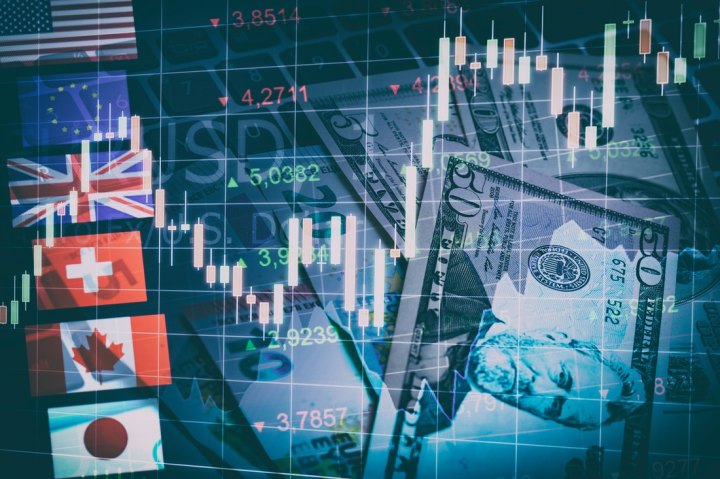SPONSORED CONTENT
Understanding the growth of Forex Trading

Imagine yourself as a tourist from the US visiting Japan. You walk into a bank and seamlessly exchange your US dollars for Japanese yen at the prevailing exchange rate. Congratulations, you have now performed a forex trade.
The forex market allows for this convenience to happen in real-time, with transparent prices. This way, individuals and companies are able to move money around, even across borders easily and conveniently. But this was not always the case.
History of Forex Trading
Throughout human civilization, there has always been a system of exchanging value. From direct barter trade to salt as well as copper and gold coins, various items that possess currency characteristics have been used as mediums of exchange. However, forex trading, as we know it today, traces its roots to the gold standard that was very much in place during the 19th century. Under that system, different currencies could be exchanged because they could easily be converted back to gold. Countries could only mint currencies according to the amount of gold they had in their reserves. But following the two World Wars during the first half of the 20th century, countries were forced to abandon the gold standard in order to be able to print more funds to finance their operations and expenses. The post-war era saw world currencies become very volatile, and major global powers attempted some measures to help stabilise the forex market.
The Bretton Woods Agreement
One of the key events in the history of forex trading was the Bretton Woods Agreement that was hammered out in 1944. The agreement enacted a pegged exchange rate policy that saw all major currencies literally pegged to the US dollar (USD). In turn, the US dollar was pegged to gold. The logic was that the US had the largest reserves of the precious yellow metal, so other countries would be able to trade with the US dollar. The Bretton Woods System effectively made the US dollar the global reserve currency, and this stands out as one of the most defining events for the famous greenback. Despite the positive impact of this agreement, there were not enough gold reserves to back up the number of US dollars in circulation, making the system vulnerable to huge inefficiencies. The system was famously abandoned in the early 1970s, but its impact is felt to date due to the global significance of the US dollar and the formation of two influential financial institutions: the IMF (International Monetary Fund) and the World Bank.
From the Plaza Accord to the Louvre Accord
In the 1980s, the forex market experienced further volatility. In 1985, the US and fellow G-5 nations (UK, France, Germany, and Japan), signed the famous Plaza Accord. The purpose of this treaty was to weaken the ever-strengthening US dollar that was creating a massive trade imbalance for the United States. The treaty largely achieved its purpose by 1987, and it was then replaced by the Louvre Accord which sought to bring stability to exchange rates following the weakening of the US dollar.
Introducing the Euro and the Internet
In the 1990s, the major event was certainly the introduction of the euro, the official currency of the Eurozone, in 1999. But the most impactful tool was the internet which revolutionised the forex markets. With just a simple click, pretty much anyone could access the live exchange rates of any type of currency, even for emerging nations. Forex trading was practically democratised, with anyone able to access and participate in the market.
Forex Trading Today
The fluctuations witnessed throughout the history of the global forex market made it a huge source of opportunity for speculators. Speculation now accounts for the bulk of activity in the forex market, but retail investors should engage in this space carefully. The market is still capable of random, wild swings.
Some of the major events that have triggered huge moves in the market include the 2015 removal of the Swiss-Euro peg and the 2016 Brexit vote. Furthermore, retail brokers offer huge amounts of leverage which can lead to devastating losses if investors make wrong price predictions. Still, forex trading continues to appeal to many new investors who are attracted to its massive size, 24-hour accessibility, low capital requirement, variety of tradable instruments, as well as flexibility to apply any kind of trading strategy. Its huge opportunity is apparent, but traders should be aware of how to mitigate all t/he possible risks they are exposed to. Additionally, investors should only work with trustworthy brokers, who provide a safe environment and appropriate trading tools and resources to help them achieve their investment objectives. In this way, you too can get in on the forex trading action! DM
















 Become an Insider
Become an Insider